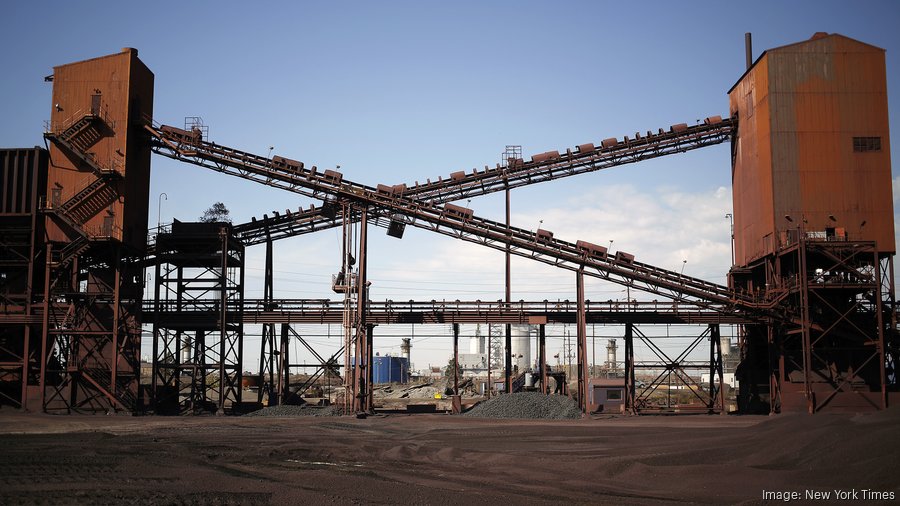MEG KINNARD
Mon, September 18, 2023
Former President Donald Trump will travel to the battleground state of Michigan next week to meet with striking autoworkers instead of participating in the second Republican presidential debate, a person familiar with his plans said Monday.
Trump, who also skipped the first debate last month, has signaled that he is already focused on the 2024 election against President Joe Biden as he maintains a wide lead against his GOP rivals in primary polls. In recent days, he has been leaning hard into the strike, painting himself as sympathetic to the workers and accusing Biden of trying to destroy the car industry by expanding electric cars and other green energy policies.
The Sept. 27 trip, first reported by The New York Times, will also include a primetime speech, according to the person familiar with the plans who spoke to The Associated Press on condition of anonymity before they were made public.
That’s the date others in the GOP field will gather at the Ronald Reagan Presidential Library in Simi Valley, California, for the cycle’s second primary debate.
When his fellow GOP contenders gathered in Milwaukee last month, Trump instead took part in a pre-taped interview with Tucker Carlson, which aired on the social media platform formerly known as Twitter during the debate’s first hour.
Trump has long sought to paint himself as a fighter for the “forgotten men and women” of the working class and spent much of his 2016 campaign campaigning in Rust Belt towns suffering from the shift away from mining and manufacturing. Earlier this year, he visited East Palestine, Ohio, after a train derailment, a visit aides have considered a key moment in his campaign as he worked to recover from midterm losses, and as they tried to move his focus away from his 2020 loss.
Ammar Moussa, a Biden campaign spokesperson, said Monday: “Donald Trump is going to Michigan next week to lie to Michigan workers and pretend he didn’t spend his entire failed presidency selling them out at every turn. Instead of standing with workers, Trump cut taxes for the super-wealthy while auto companies shuttered their doors and shipped American jobs overseas.” Moussa argued that Trump would have let auto companies go bankrupt during the financial crisis rather than bail them out, as President Barack Obama did in 2009.
On Monday, the United Auto Workers and Detroit’s Big Three carmakers resumed talks aimed at ending a strike that began last week. Stellantis described the discussion as “constructive.” A spokesperson for General Motors said representatives of the company and the United Auto Workers were continuing to negotiate.
Shawn Fain, the UAW president who has previously said that a second Trump presidency would be a “disaster," seemed to argue against Trump's efforts.
“Every fiber of our union is being poured into fighting the billionaire class and an economy that enriches people like Donald Trump at the expense of workers," Fain said in a statement issued Tuesday. "We can’t keep electing billionaires and millionaires that don’t have any understanding what it is like to live paycheck to paycheck and struggle to get by and expecting them to solve the problems of the working class.”
Dave Green, a UAW regional director in Ohio and Indiana, said the former president’s actions during his time in office give him “zero credibility” with organized labor now, adding that he doesn’t see a way the UAW would ever endorse Trump.
“His only intention here is to try and get votes for himself. And also divide our members against each other using political rhetoric,” Green told The AP on Monday.
Trump earlier this summer traveled to Michigan, where the Oakland County GOP honored him as its Man of the Decade. Asked about the strike in an interview that aired Sunday, he told NBC News that “auto workers will not have any jobs" because "electric cars, automatically, are going to be made in China.”
“The auto workers are being sold down the river by their leadership, and their leadership should endorse Trump,” he added.
___
Associated Press writers Jill Colvin and Joey Cappelletti contributed to this report











































